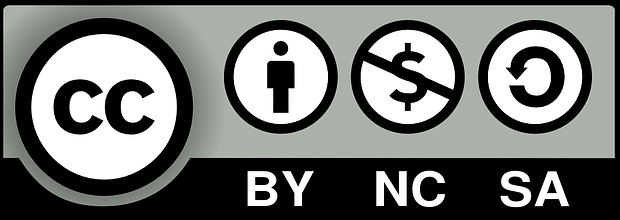Los olleros de Sevilla contra los capellanes y conventos de Alcocer: un pleito del siglo XV.
DOI:
https://doi.org/10.12795/hid.2008.i35.13Abstract
RESUMEN: En el presente artículo se relata un importante pleito que a finales del siglo XV enfrentó a los artesanos olleros de los barrios sevillanos de Triana y Tablada con los capellanes y conventos de la población castellana de Alcocer, situada en la Alcarria Baja. En 1377, la institución por Enrique II de siete capellanías perpetuas en la iglesia parroquial de Alcocer y en los conventos clarisas y franciscanos de la misma villa se nutrió de las rentas de almojarifazgo que los olleros de Sevilla satisfacían a la Corona. Un siglo después, los olleros se agruparon en defensa de sus intereses y pleitearon para liberarse de dicha carga. Después de un proceso judicial accidentado, cuyo curso se describe en nuestro trabajo, los capellanes y conventos de Alcocer fueron finalmente respaldados en el cobro de la renta. Los principales documentos que ilustran y contextualizan este pleito se ofrecen en el apéndice final.
ABSTRACT: Towards the end of the 15th century, there was an important dispute between the potters from Triana and Tablada in Seville and the chaplains and convents of Alcocer in the Alcarria in Castile. The root of the problem dated back to 1377 when Enrique II established seven perpetual chaplaincies in the parish church and in the convents of the Poor Clares and the Franciscans in Alcocer. These convents received rents from the taxes paid by the potters of Seville to the Crown. In the 15th century, the potters filed a lawsuit to free themselves of these taxes. This paper studies this litigation, which was eventually won by the chaplains and convents.
Downloads
Downloads
Published
How to Cite
Issue
Section
License
Copyright (c) 2017 Historia. Instituciones. Documentos

This work is licensed under a Creative Commons Attribution-NonCommercial-ShareAlike 4.0 International License.
Authors publishing in this journal accept the following conditions:
Unless otherwise indicated, all contents of the electronic edition are distributed under a license of use and distribution "Creative Commons Attribution-NonCommercial-ShareAlike 4.0 International". You can consult the informative version and the legal text of the licence here. This must be expressly stated in this way when necessary.
Authors may make other independent and additional contractual arrangements for the non-exclusive distribution of the version of the article published in this journal (e.g., inclusion in an institutional repository or publication in a book) as long as they clearly indicate that the work was first published in this journal.
Authors are allowed and encouraged to publish their work on the Internet (e.g. on institutional or personal websites) before and during the review and publication process, as it may lead to productive exchanges and to a wider and faster dissemination of the published work (see The Effect of Open Access).









